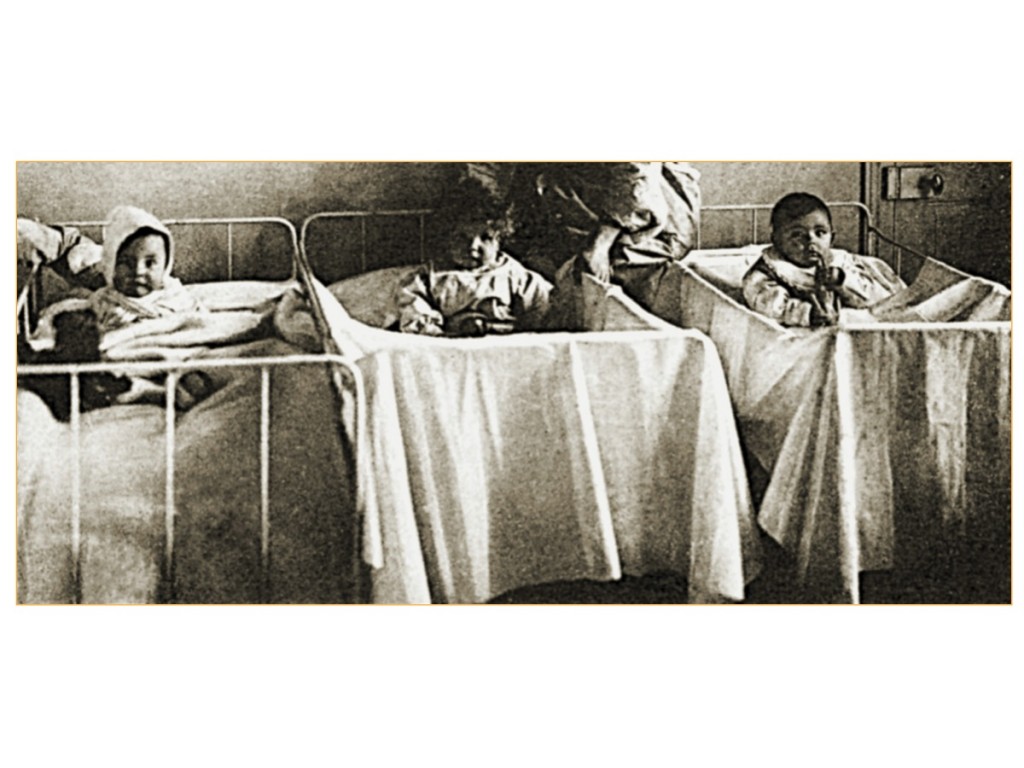
We did not always understand how much children need early social interactions with adults. In the 1940s, psychologists began to notice that children living in orphanages shared some specific traits. These children were often developmentally impaired and emotionally disturbed. Even though they received good nutrition and health care, many had delayed growth. Some even died. Many of these children did not form emotional bonds with caregivers. They seemed listless and depressed. Children who had a loving relationship with their mother before coming to the orphanage felt especially intense grief.
These observations made people realize that even when institutional care meets children’s physical needs, it rarely provides a healthy social and emotional environment. Children in orphanages were often cared for by many different adults. The adults were not always able to be responsive to children’s needs. This made it difficult for children to become attached to adults. Over time, people realized that adoption and foster care are better options for orphaned children. These solutions try to place children with families who can meet their social and emotional needs. The observations of children in institutional care led researchers to study the quality of parent-child interactions. They also looked at how quality of care affects children’s development. We will discuss some of this research later in the module.
-
- Attachment
- the lasting emotional bond that forms between infants and their primary caregivers
- Proximity maintenance
- a child stays close to an attachment figure for comfort and protection
- Safe haven
- an attachment figure provides comfort and safety when a child feels unsure
- Secure base
- an attachment figure’s presence gives a child the confidence to explore her environment
- Separation distress
- a child experiences stress or anxiety when an attachment figure leaves